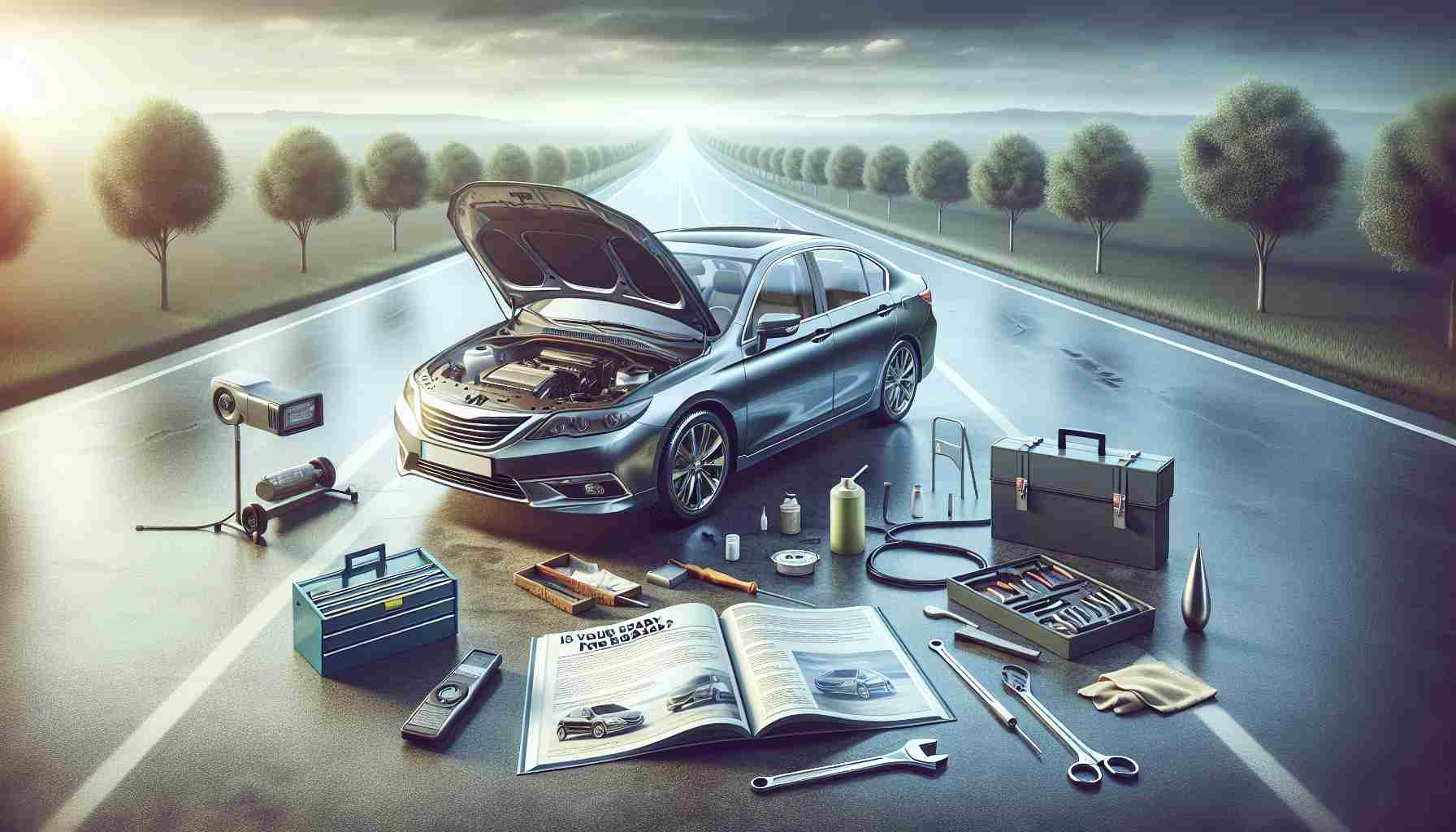As the remnants of the recent winter storm dissolve in Houston, drivers are reminded to inspect their vehicles thoroughly before hitting the road again. The unusual icy conditions have left many car owners unaware of the potential lingering effects on their vehicles.
Mechanics have returned to action, addressing the widespread need for antifreeze replenishment and repairs that many vehicles now require. The harsh below-freezing temperatures may disrupt various car components, particularly for those who park outside. Experts warn that battery performance, coolant levels, and even the undercarriage could be compromised if not properly maintained.
Rust damage is another concern stemming from the de-icing solutions applied to roads. Such substances can adversely affect critical vehicle parts, including brakes and exhaust systems. With the type of weather that Houston experienced being quite rare, many drivers might overlook these potential hazards.
Regular vehicle maintenance is essential, especially in the aftermath of extreme temperatures. Ignoring these issues can lead to cascading damage that becomes increasingly difficult and costly to repair. Additionally, tire pressure is significantly influenced by cold weather; neglecting to check it can lead to further complications down the road.
For anyone who parked outdoors during the storm, taking the time to conduct a comprehensive inspection can save headaches—and money—later on. Don’t wait until it’s too late to ensure your vehicle is road-ready once more.
Driving Forward: The Ripple Effects of Unusual Winter Weather on Society
The recent winter storm in Houston serves as a stark reminder of how sudden and extreme weather patterns can profoundly impact society, culture, and the global economy. As climate change intensifies, cities like Houston may face more frequency and severity of such storms, forcing urban planners and local governments to reassess infrastructure and readiness protocols. The economic implications are far-reaching; automobile repair industries could face surges in demand while other sectors, such as public transport, may need to innovate to remain resilient during adverse weather.
Moreover, the environmental impact of road treatments, including de-icing chemicals, raises alarms about long-term soil and water contamination. While they provide immediate relief for safe driving, these substances can lead to accelerated rust and decay in vehicles, potentially resulting in increased waste as cars become irreparably damaged. This waste impacts landfill capacities and slows progress toward a circular economy in the automotive sector.
In a broader cultural context, the storm illustrates vulnerabilities in individual preparedness and community resilience. It highlights the need for public awareness campaigns focused on vehicle maintenance and emergency readiness. Moving forward, trends may shift towards more durable design solutions in vehicles and improved advisory systems for citizens living in areas increasingly affected by severe weather. These changes could ultimately foster a culture of preparedness that benefits both individuals and the community at large.
Essential Post-Storm Vehicle Checks: Protect Your Investment
The Importance of Vehicle Inspection After Extreme Weather
As the icy remnants of Houston’s recent winter storm fade away, drivers are urged to conduct thorough inspections of their vehicles. Unaccustomed to such weather, many car owners might overlook potential issues that can arise from extreme cold and icy conditions. Here’s why and how you should ensure your car is road-ready.
Key Areas to Inspect
1. Battery Health
– Specifications: Extreme cold can significantly affect battery performance. Check for signs of corrosion on terminals and ensure it holds a charge. Consider testing the voltage.
– Limitation: If your battery is more than three years old, consider replacing it as a precaution.
2. Coolant Levels
– Use Cases: Low coolant levels can lead to overheating and engine damage. Verify that your coolant is at the recommended level and check for leaks.
– Pros and Cons: Maintaining proper coolant levels helps prevent engine issues, though it can be difficult to spot leaks until significant damage occurs.
3. Tire Pressure and Condition
– Trends: Cold weather can lead to reduced tire pressure, increasing the risk of blowouts. Check and inflate your tires to manufacturer specifications.
– Innovations: Consider using a digital tire pressure gauge for accurate readings.
4. Undercarriage and Rust Vulnerability
– Controversies: The use of de-icing chemicals can corrode metal surfaces. Inspect the undercarriage for signs of rust and consider applying protective coatings.
– Security Aspects: Rust damage can compromise critical components, leading to safety hazards.
5. Brakes and Exhaust Systems
– Pricing: If there are signs of wear or damage, promptly address brake system maintenance, as the cost of repair escalates with neglect.
– Compatibility: Ensure that replacement parts are compatible with your vehicle’s make and model to avoid further issues.
Maintenance Recommendations
– How-to: Conduct a vehicle inspection checklist that covers battery, coolant, tires, brakes, and undercarriage quality. Regular maintenance prevents cascading issues.
– Follow-Up: Schedule an appointment with a trusted mechanic for professional checks after performing your own inspection.
Conclusion
The unusual winter conditions encountered by Houston residents serve as a reminder of the importance of vehicle maintenance. By being proactive and vigilant, you can protect your investment and ensure your vehicle remains safe and reliable. For more information on ensuring vehicle longevity and maintenance tips, visit AAA to explore resources tailored to vehicle care.
